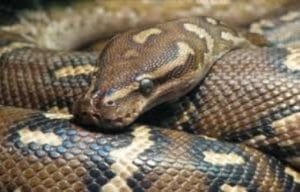
Leoni Villano Bonamin1, 2, , and Peter Christian Endler3
1. Laboratory of Cellular and Molecular Biology, University Paulista, Brazil
2.Laboratory of Pathology, University of Santo Amaro, Brazil
3. Interuniversity College for Health and Development Graz, Austria
Introduction
This is a systematic review of the animal models used in studies of high dilutions. The objectives are to analyze methodological quality of papers and reported results, and to highlight key conceptual aspects of high dilution to suggest clues concerning putative mechanisms of action.
Methods
Papers for inclusion were identified systematically, from the Pubmed-Medline database, using ‘Homeopathy’ and ‘Animal’ as keywords. Only original full papers in English published between January 1999 and June 2009 were included, reviews, scientific reports, thesis, older papers, papers extracted from Medline using similar keywords, papers about mixed commercial formulas and books were also considered for discussion only. 31 papers describing 33 experiments were identified for the main analysis and a total of 89 items cited.
Results
Systematic analysis of the selected papers yielded evidence of some important intrinsic features of high dilution studies performed in animal models: a) methodological quality was generally adequate, some aspects could be improved; b) convergence between results and materia medica is seen in some studies, pointing toward to the possibility of systematic study of the Similia principle c) both isopathic and Similia models seem useful to understand some complex biological phenomena, such as parasite–host interactions; d) the effects of high dilutions seem to stimulate restoration of a ‘stable state’, as seen in several experimental models from both descriptive and mathematical points of view.
Full text available at : www.sciencedirect.com by of Elsevier B.V.

Be the first to comment